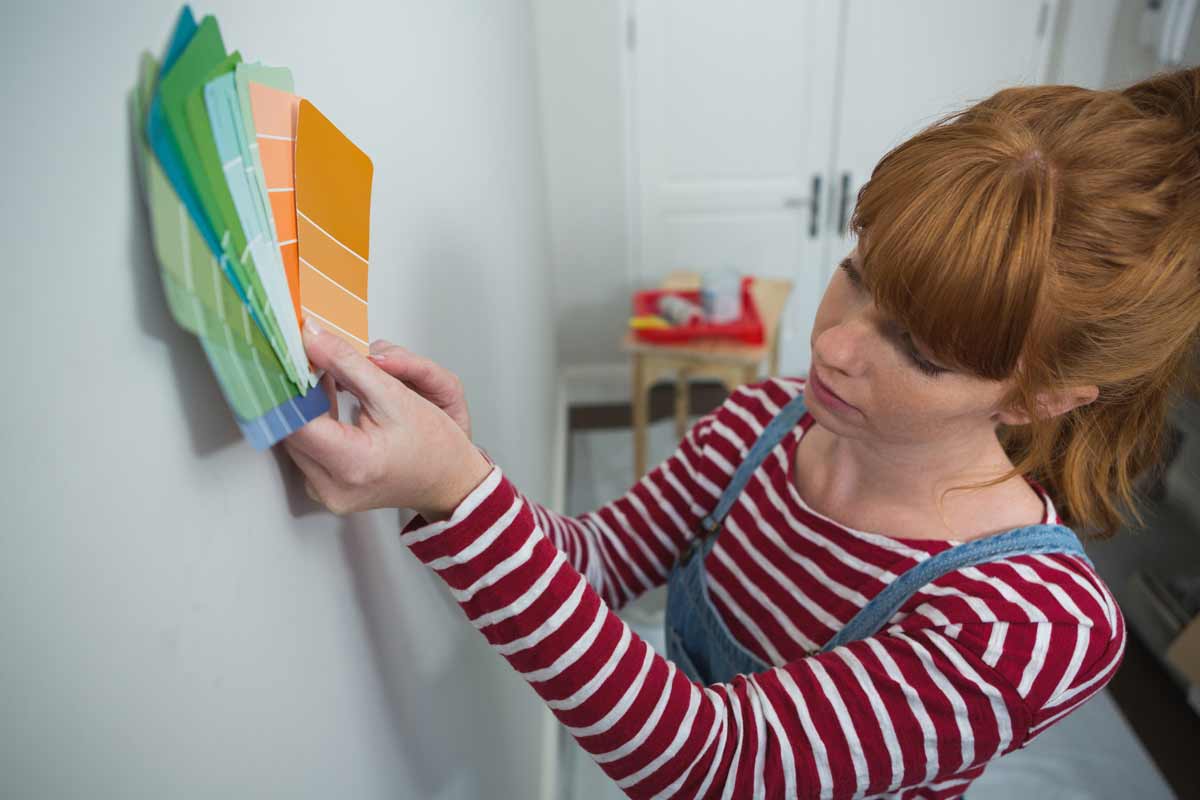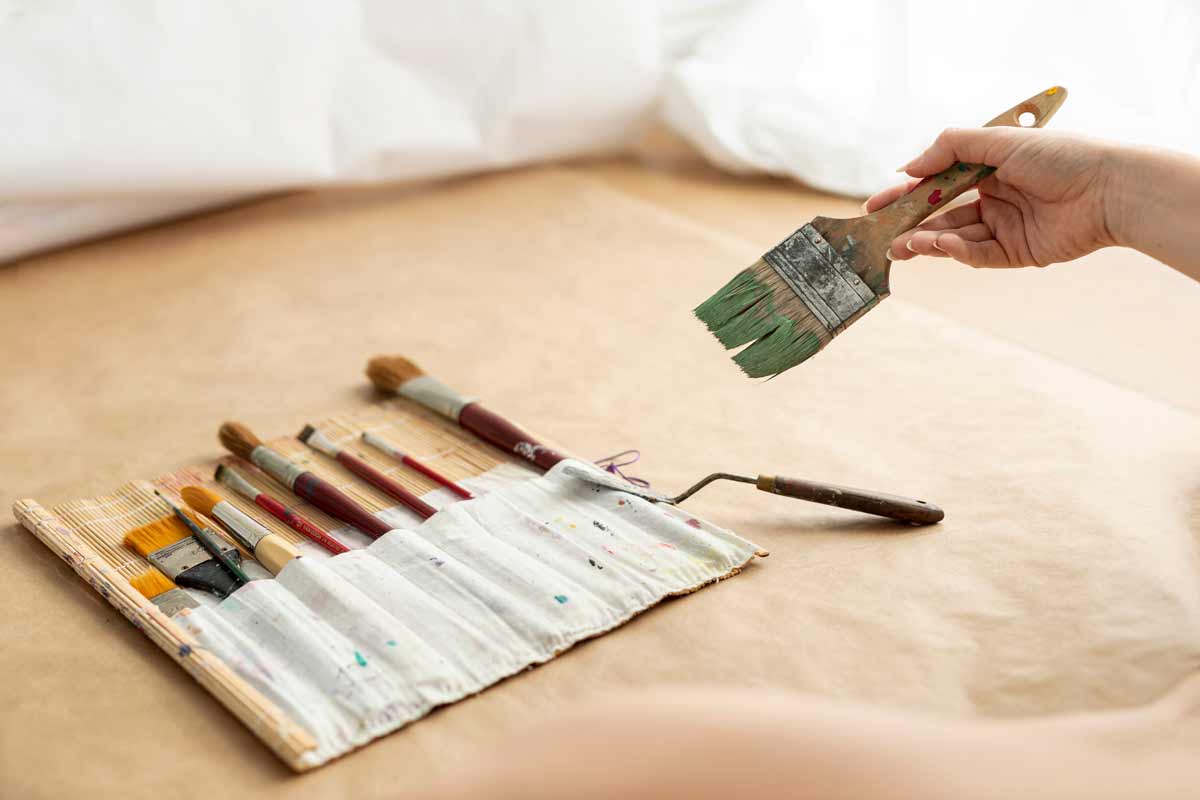Menu
![A-Homeowner’s-Guide-to-Interior-Wall-Painting-Cost-Per-Square-Foot-[2025-Update]](https://housepainter-westhartfordct.com/wp-content/uploads/2025/05/A-Homeowners-Guide-to-Interior-Wall-Painting-Cost-Per-Square-Foot-2025-Update.jpg)
Interior wall painting is one of the most affordable and effective ways to refresh a home’s appearance, improve comfort, and even boost property value. In fact, interior painting continues to offer strong value—not just in terms of aesthetics, but also financially, with an average return on investment (ROI) of approximately 107%,
Here are the key factors and data every homeowner should know when estimating interior wall painting cost per square foot.
Key Takeaways✔ The national average cost to paint interior walls in 2025 ranges from $2 to $6 per square foot, depending on what’s included. ✔ Interior painting costs vary based on paint quality, surface condition, labor, and project complexity. ✔ Interior painting is generally cheaper due to easier access, faster completion, and lower material and prep costs. ✔ A detailed estimate should include square footage, labor, materials, prep work, timeline, and any warranties. ✔ Costs can be reduced by choosing standard finishes, prepping walls in advance, and comparing quotes from reputable painters. |
| Size of Home (Sq. Ft.) | Average Cost |
| 500 | $200–$1,000 |
| 800 | $1,600–$4,800 |
| 1,000 | $2,000–$6,000 |
| 1,200 | $2,400–$7,200 |
| 2,300 | $4,600–$13,800 |
| 2,500 | $5,000–$15,000 |
| 3,000 | $6,000–$18,000 |


Painters usually determine cost based on the total square footage to be painted, the type and quality of paint, the amount of prep work needed, and labor time. Details like high ceilings, accent walls, or multiple trim colors can raise the price. Each project is unique, so the final cost may vary.
Professional painters typically charge between $20 and $100 per hour, depending on the scope of the job, location, and level of detail involved. Smaller or intricate projects may fall on the higher end of that range. Hourly pricing can vary widely, so always request a clear estimate. It’s recommended to reach out to trusted painting providers like West Hartford House Painting Experts to get a detailed quote tailored to the project.
Yes, commercial painting generally costs more than residential due to larger surface areas, stricter job timelines, and added complexity such as specialty coatings or accessibility issues. The scale and type of building often influence pricing.
Painting the interior of a 2,000 sq ft house usually ranges from $7,500 to $19,800, with an average cost of around $11,000. This depends on paint type, number of rooms, condition of the walls, and labor fees. Because every house is different, final prices may vary. For the most accurate pricing, it’s a good idea to contact professionals such as West Hartford House Painting Experts.
Labor costs for painting a room are generally between $2 and $6 per square foot, depending on wall condition, prep requirements, and finish preferences. This cost typically includes basic prep, painting, and cleanup. However, prices may go up for specialty finishes or complex layouts. To get a personalized and reliable estimate, consult with reputable services like West Hartford House Painting Experts.
Interior spaces in West Hartford, CT, deserve professional care, lasting results, and expert attention to detail. West Hartford House Painting Experts delivers high-quality interior painting backed by experience, precision, and a commitment to customer satisfaction. Every project in West Hartford, CT, is handled with care—from surface prep to final coat—ensuring smooth finishes and long-lasting color.
Contact West Hartford House Painting Experts today to schedule a free estimate!

Welcome to West Hartford House Painting Experts. We believe that we are the highest quality painting company in this community and we provide excellent customer service!